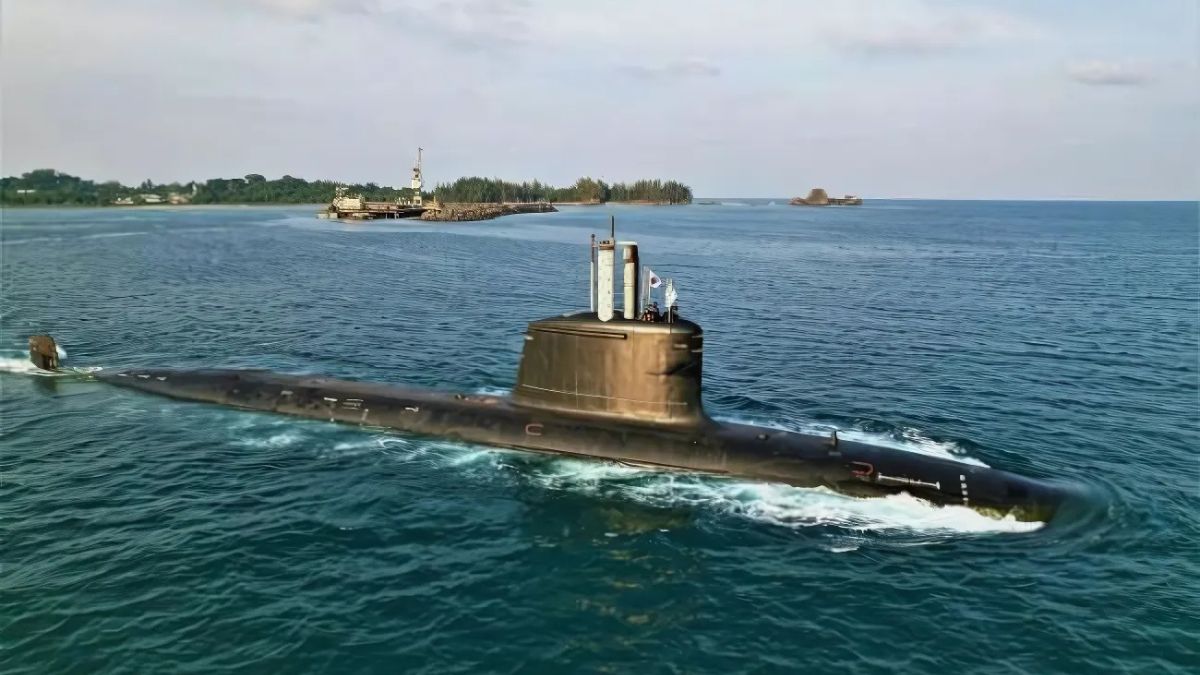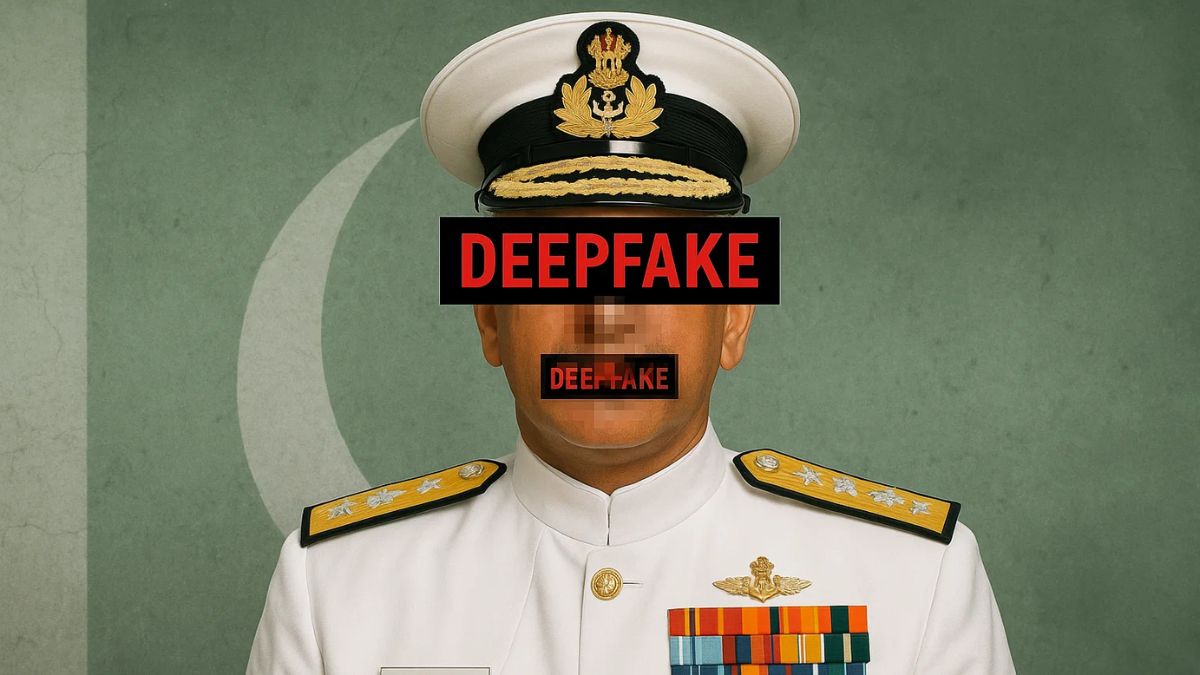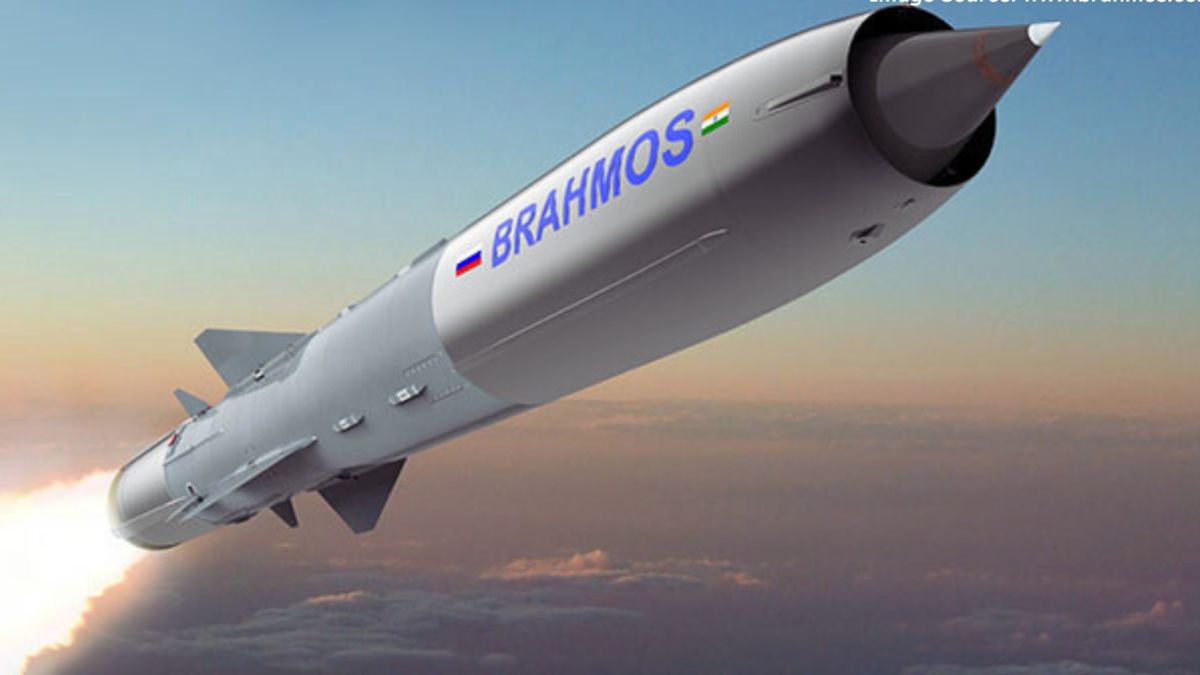Naval Flare For Kalvari-Class Submarines: How DRDO Is equipping Indian Navy’s Subs With New Edge

The DRDOhas successfully developed and indigenised a signal star naval flare for the Kalvari-class submarines (Image courtesy: Indian Navy)
In a boost to India’s undersea warfare capabilities, the Defence Research and Development Organisation’s (DRDO) High Energy Materials Research Laboratory (HEMRL) in Pune has successfully developed and indigenised a signal star naval flare for the Kalvari-class submarines of the Indian Navy.
The technology was formally handed over to the Director General – Naval Armament Inspection (DG-NAI) at a ceremony in Pune on Friday, marking a milestone in India’s quest for self-reliance in critical naval systems.
What exactly is the signal star naval flare?
According to the Ministry of Defence, the flare is a specially designed underwater signalling device, tailored to the unique operational needs of submarines.
Once launched through the submarine’s signal ejector, it travels up the water column and activates upon surfacing. At the surface, the flare ignites a high-intensity pyrotechnic charge that produces a bright, star-like light, visible even during the night or in adverse weather conditions.
How does the flare function in operations?
The flare is housed in a pressure-resistant casing to withstand extreme underwater pressures. A hydrostatic mechanism ensures that it activates only upon reaching the surface.
Depending on tactical requirements, the flare produces brilliant red or green star signals. Red indicates distress, emergencies, or urgent tactical communication while Green signals identification, recognition, or safe-operational communication during fleet manoeuvres. Each flare is engineered for high luminosity and sustained burn time.
What are the practical applications for the Navy?
Officials highlight multiple uses for the system including communication with friendly vessels, emergency location marking, fleet exercises, training scenarios, and tactical manoeuvres during underwater warfare. Its adaptability makes it a versatile tool for both routine operations and high-risk combat environments.
Why is indigenisation of this system significant?
Until now, India’s submarines relied on imported naval flares for such signalling functions. The successful development of this indigenous system eliminates dependence on foreign suppliers, reducing vulnerabilities in procurement.
Equally important, it demonstrates DRDO’s growing expertise in advanced pyrotechnic formulations, durable pressure-casing design, and long shelf-life reliability under marine conditions.
What about India’s anti-ship technology?
In a significant push to the same, the DRDO had in February tested Naval Anti Ship Missile Short Range (NASM-SR) from ITR, Chandipur. The trials proved the missile’s Man-in-Loop feature, hitting on a small ship target in sea-skimming mode at its maximum range, DRDO said.
To further boost its anti-ship missile tech, the DRDO recently gave a green signal to Apollo Micro Systems as the production agency for the Multi-Influence Ground Mine – Vighana. The DRDO has also entered into an agreement to transfer the technology for the Omni-Directional multi-EFP warhead to Apollo Micro Systems.
Why it matters is because this warhead technology is a key component of the Naval Anti-Ship Missile – Short Range NASM-SR missile, developed by DRDO.







